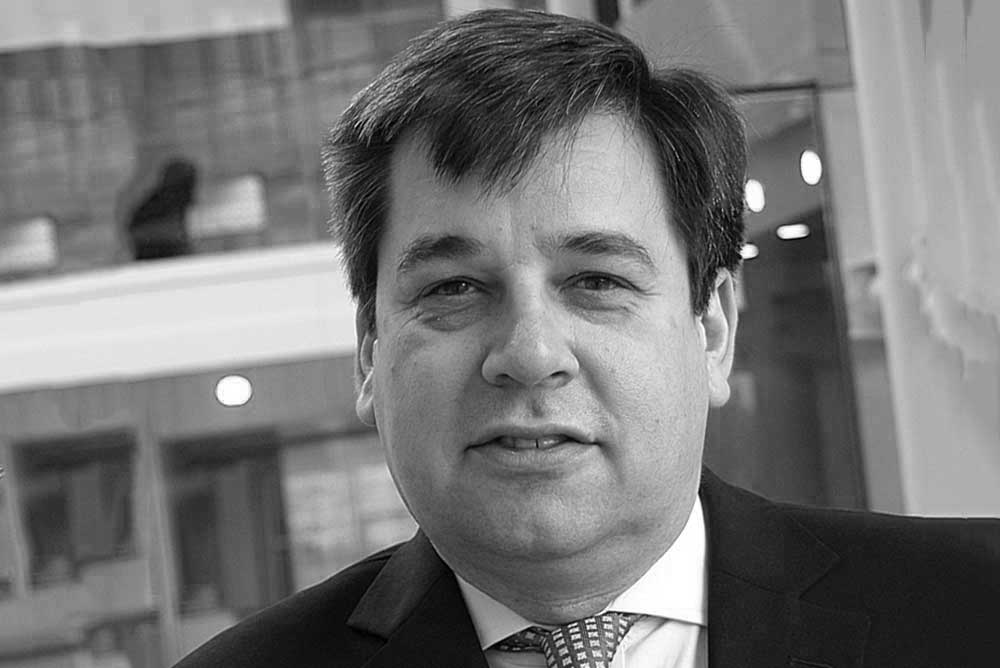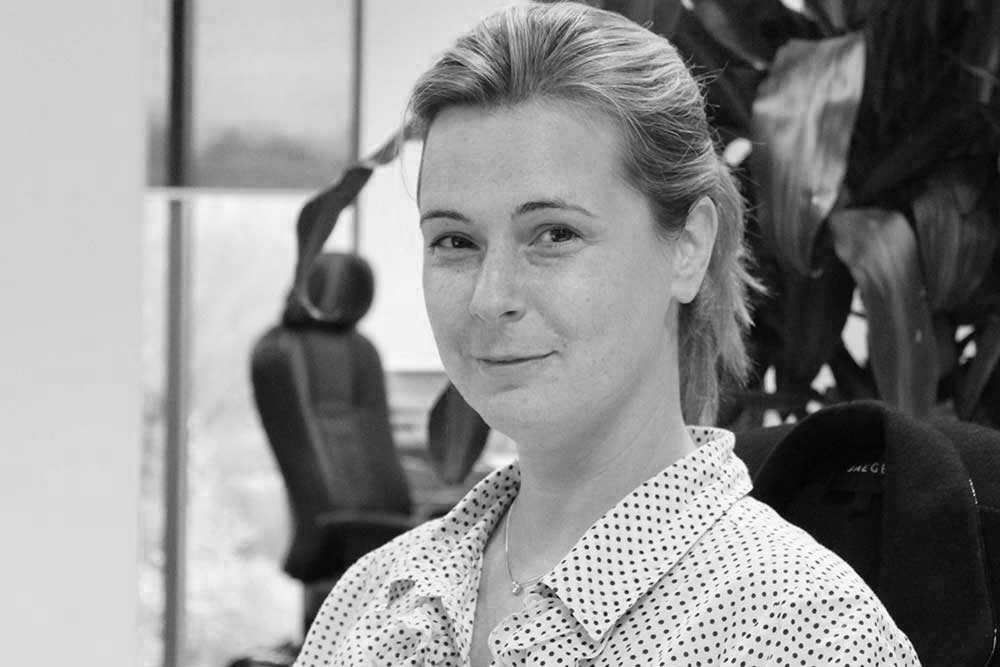What does 2017 mean for healthcare? Healthcare technology leaders share their views with the Highland Marketing Healthcare Roundup.

2017: STPs must get communications right
Mark Venables, CEO, Highland Marketing
Health and social care communications will be more important than ever as we advance into 2017. Failure has too often struck at the heart of NHS transformation when high profile initiatives get communications wrong. Within healthcare technology alone, the demise of flagship projects like Care.data and the National Programme for IT, has in no small part been due to ineffective engagement. Sustainability and transformation plans (STPs), on which so much importance is now being placed, have already received substantial negative publicity in the media. But with such extensive reorganisation of health and care services now to result from STPs, a communications failure must be avoided.
The goals, ambitions, and, perhaps most importantly the results and real meaning of transformation to people, must be shared. This is about far more than using marketing channels to support a return on investment, to promote a product, or to raise the profile of any one individual, policy or organisation, but rather it is about supporting significant change in how our healthcare services are delivered. At its best, healthcare communications is about sharing best practice, and the real innovation that takes place in our hospitals, surgeries, communities and beyond. As organisational barriers begin to break-down and blur, 2017 marks a real opportunity to share stories more widely, to listen to people, and to create cohesive health and social care environments where success and ideas for better patient care can spread quickly.

STPs – the only game in town
Natalie Chishick, policy and communications director, IMS MAXIMS
Sustainability and transformation plans’ (STPs) status as the ‘only game in town’ will be cemented next year. From the spring, we will start to see which STPs have been prioritised for funding. It’s not yet clear if those with a significant focus on technology will be at the front of the queue. What is more certain is that digital planning will have a new focus, with greater emphasis on area-wide requirements, rather than any single enterprise.
Among the requirements for STPs and their associated local digital roadmaps will be the ability for health and social care organisations to share information to enable care across the continuum. Interoperability, now more than ever, will be paramount. Software suppliers are taking their share of responsibility by developing open APIs and promoting open standards. The establishment of the INTEROPen group, set to grow next year with membership open to all, is strong evidence of a commitment to collaborate for the good of care professionals and patients.
Global Digital Exemplars (GDE) will influence the direction of travel for STPs’ digital maturity aspirations in the acute sector.
Despite GDE funding, finite investment in IT will continue to be a major consideration for many NHS trusts. They will look for flexible and creative solutions to finance and deliver systems which can scale to STP requirements, and should consider off-balance sheet investments.

An explosion of real clinical engagement in 2017
Donald Kennedy, managing director, Patientrack
2017 will be a year for listening to real frontline demands and responding fast with digital solutions. Clinical engagement has long been an aspiration in digital progress, but throughout 2016 we have seen an explosion of very tangible examples of using technology to respond to actual clinical needs.
Whether it’s functionality for healthcare professionals to predict, identify and respond to serious conditions including sepsis and acute kidney injury, or providing the means to spot signs of malnutrition, frontline staff have made their voices heard and have led the development of technology that means something to preventing harm and improving care.
2017 must be the year when technology suppliers deliver more with the grassroots, do more than only engage with the purse strings at the board level and act to make their innovations meaningful to the people who can make information useable for better patient care.

A year to ‘embed patient and citizen feedback into service redesign’
John Morley, CEO of Formic Solutions
The year ahead will see greater exposure of the need to involve patients in quality and service improvement in the NHS, especially as sustainability and transformation plans (STPs) are out to public consultation. These plans are already under scrutiny for a perceived lack of public involvement in their development, and some include radical proposals on shifting care from a hospital to a community and home setting. If this means possible closures for accident and emergency departments, then the public may take the opportunity to challenge STPs in the law courts. It would be a very blunt approach to making people’s voices heard.
Ideally, providers will look to embed patient and citizen feedback into service redesign, and take people’s views into accounts as they go forward with much-needed plans for change.
In terms of clinical audit, we expect to see even greater use of data to drive health quality improvement, made possible by a range of technologies that will capture data based around current approaches to care delivery. The clinical audit world is changing, with the Health Quality Improvement Partnership taking on some of the high-level advisory role of the National Advisory Group on Clinical Audit and Enquiries. Hopefully this will further embed the use of technology in supporting clinical audit and its quality improvement ambitions.
Meanwhile, there is an active, clinically-driven clinical audit community that is applying its expertise, and supporting technology, to show the impact that clinical audit can make on service improvement, at both a national and local level.
In short, clinicians will continue to lead the way in terms of data-driven quality improvement; patients should be part of the same journey. It will be interesting to see how this manifests itself over the coming months.

Convergence of IoT technology, GPS and the mobile phone
Tom Morton, CEO of Communicare247
Technological convergence will start to have an impact on how we look after our less able and chronically ill citizens. Sensors in the home produce data about our activity using Internet of Things (IoT) technology, and can be supported by digital telecare to provide health and care according to individual’s needs, rather than institutional wants. GPS networks tracks where people such as care workers are, and can guide where they need to be. And the mobile phone gives us a portable computer that brings together location and citizen data to drive the future of technology-enabled care.
This convergence of IoT technology, GPS and the mobile phone means that the care worker visiting an elderly client will have real-time access to relevant information and a vital response network to deliver care in a much more efficient way than currently.
We expect to see one of the first concrete examples of this in Scotland, where the country is likely to begin deployment of end to end digital telecare systems, driven by information sharing platforms that connect the supply and demand of care.
By taking this initiative, Scotland will become known as a global innovator in the use of technology to support integrated health and social care systems. This in turn should lead to greater investment for its health and life science companies, as it delivers more efficient care services per pound invested, and generates data that will underpin how we understand a citizen’s pathway across care provision.
In a health and social care system that is reliant on older technology, such as the landline phone that home-based alarms rely on, such adoption of new technology isn’t just desirable, it is desperately vital.

The time is right to unlock the power of NHS data
Mark Palmer, UK Country Manager, InterSystems
2017 is the year we are going to start really unlocking the power of NHS data. Getting the benefit from data is exponentially related to how much data you have. The NHS has a huge wealth of data that it can release, but at the moment it is locked in silos.
The Department of Health and NHS Digital spend a fortune collecting endless information, but in 2017 we are going to see how this data can be used to improve care. The time is right. We have the open standards, the ability to process data, and the means to join up systems at scale that just weren’t there, say 15 years ago.
The technology is there to do this, but there are some very complex consenting models that need to be navigated in the whole debate about who owns the data. These issues can get in the way, but NHS personnel need to be brave and say we are going to do this, to improve care. Up until now people have been cautious, though the building momentum should overcome these barriers to success.
I think we are going to see more chief data officers in NHS organisations, curating the data, taking responsibility for data quality. While it is fraught with risk, we are going to see more of this data anonymised and distributed. You just have to be careful and follow the right process to unlock that value.
While a lot of data is being gathered centrally I think using big data to improve care will grow regionally next year. It’s got to be bottom up, connecting operational systems across care settings as has already started in places like Merseyside and Lincolnshire.”

A year for tangible movements towards the digitisation of pathology
Jane Rendall, managing director, Sectra UK & Ireland
I believe 2017 will see more tangible movements towards the digitisation of pathology with vanguard sites leading the way to adoption. In light of the report recently published by Cancer Research UK, in which a move to digital is deemed necessary to improve our cancer services, I believe we will start seeing more successful validations of the technology and applications for funding in trusts. However, with lack of central funding available, investment is still proving to be a challenge for many.
2017 will see a shift in buying drivers, with risk mitigation, workload balancing and building a single patient record moving to the top of the buying criteria. This year’s Digital Pathology Congress in London showed this change in mentality very clearly. With past discussions at the congress focusing on how digital pathology would allow for the use of image analysis to further advance research and improve teaching, conversations have since shifted to the real benefits of this technology in primary healthcare and how it can reduce risk and improve the quality of the care delivered.
Today the benefits are recognised as being multi-layered, embracing intra – and inter-departmental improvements. This thinking is showing signs of further evolving as conversations move towards integrated diagnostics. Pathology service transformation is set to surpass radiology thanks to the lessons we have learned over the last decade.

‘Evidence-based clinical decision support will come into its own’
Dr Guy Wood-Gush, CEO, Deontics
Whilst it’s clear that sustainability and transformation plans and local digital roadmaps will drive further uptake of interoperable electronic patient records, health providers will face pressure to demonstrate return on investment and clinical efficiencies.
In 2017, evidence-based clinical decision support will come into its own. Flexible digital tools will enable the creation of consistent and configurable care pathways that reflect local needs, helping to improve patient experience, reduce waiting times and reduce costs by preventing avoidable admissions, readmissions, reducing lengths of stay and reducing duplication and error. They will simultaneously enable sophisticated audit to allow insights into what clinical behaviours work best in practice, and reduce unwarranted variation.
The increasing amount of standardisation in key aspects of care will help to facilitate this through enhanced interoperability. Widespread adoption of FHIR and implementation of SNOMED clinical terms will take shape, helping to manage data in a structured format to enable true clinical decision support. Among the benefits will be much needed automatic prompts for the next action required by multi-step care plans, pathways and protocols in busy healthcare environments.
The role of artificial intelligence in health is becoming more and more accepted, as personalised medicine becomes prevalent. In conjunction, the expectations of the digital patient will intensify, with those managing their own health records getting frustrated when they interact with healthcare settings that seem antiquated in comparison.


